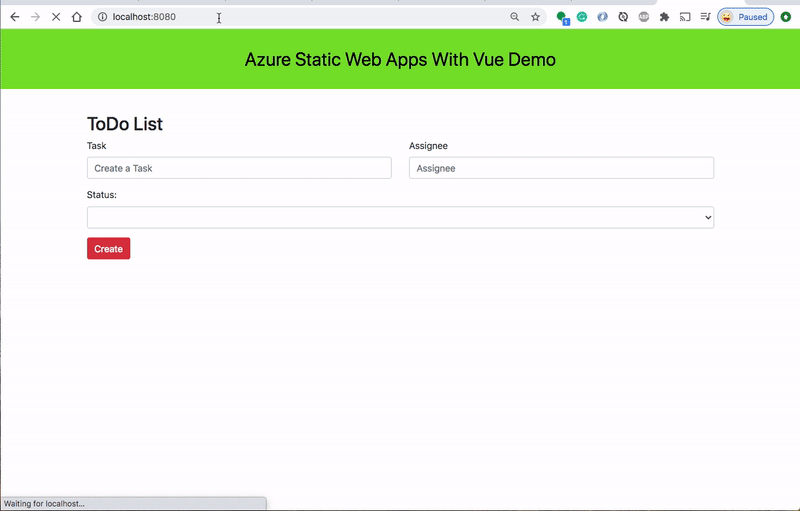
Example: Five-Card Flickr is a storytelling exercise that involves selecting five Flickr images that tell a story. Digital Storytelling: See the University of Houston’s Educational Uses of Digital Storytelling site for an introduction to digital storytelling, examples of digital stories, and resources for getting started. Example: For examples of the kinds of photos you can find on Flickr, see these images found by Teaching and Learning doctoral students during an April 2011 workshop, and these images found by participants in a November 2011 conference workshop on visual thinking. To locate good images on Flickr, try the search tool Compfight. However, a lot of them are licensed under Creative Commons licenses, which means they can more easily be re-used. Some of these photos are copyrighted, making it difficult to use them in educational contexts. A lot of very talented amateur photographers post their work on Flickr. Flickr: A great source for free, high-quality images is Flickr, the photo-sharing site. For more examples, see these visual notes from the CFT’s 25th anniversary symposium on the future of teaching, as well as Peter’s notes from the March 2010 workshop at the bottom of this page. Examples: Here’s an example of Peter Durand’s work. For more on graphic facilitation, which often uses images as metaphors but involves much more than that, visit Peter’s Center for Graphic Facilitation blog or this description of services provided by Alphachimp Studios, a group of graphic facilitators co-founded by Peter. Graphic Facilitation : March 2010 workshop guest Peter Durand practices graphic facilitation, an approach to leading brainstorming and learning sessions in which visual thinking plays a key role. Example: Kate O’Doherty, graduate students in psychology and human development and 2010-2011 CFT Teaching Affiliate, wrote about her use of VisualsSpeak in an educational psychology class she taught in the spring of 2010. Call the CFT at 322-7290 if you’re interested in borrowing a set. 
The CFT has two sets of VisualsSpeak photo cards available for instructors to check out.
 VisualsSpeak: VisualsSpeak is a set of well-chosen photographs useful for facilitating sessions in which participants select images that help them answer questions and share ideas. View more presentations from Derek Bruff. Here’s the Prezi that CFT staff Derek Bruff and Maria Ebner used to give participants in the workshop an overview of some visual thinking tools of potential use: On March 17, 2010, the CFT hosted a workshop on this topic. You’ll find ideas for enhancing your presentations and for incorporating visual thinking in your students’ in- and out-of-class activities.
VisualsSpeak: VisualsSpeak is a set of well-chosen photographs useful for facilitating sessions in which participants select images that help them answer questions and share ideas. View more presentations from Derek Bruff. Here’s the Prezi that CFT staff Derek Bruff and Maria Ebner used to give participants in the workshop an overview of some visual thinking tools of potential use: On March 17, 2010, the CFT hosted a workshop on this topic. You’ll find ideas for enhancing your presentations and for incorporating visual thinking in your students’ in- and out-of-class activities. 
A well-designed visual image can yield a much more powerful and memorable learning experience than a mere verbal or textual description.īelow you’ll find resources for integrating visual thinking in your teaching. Visualizations in the form of diagrams, charts, drawings, pictures, and a variety of other ways can help students understand complex information. Our brains are wired to rapidly make sense of and remember visual input. Vanderbilt University Center for Teaching. Expanded search of online resources (Flickr, Yahoo, Wikipedia, Twitter, PubMed, etc.Visual Thinking by Maria Ebner & Derek BruffĬite this guide: Ebner, M.Support for semantic mapping using ontologies.Enhanced keyword tagging and search capabilities.

VUE can use OWL ontologies to allow constrained mapping based on the vocabulary of a specific field, be it life sciences, medicine, or an ontology specifically created to help support a business. VUE makes use of semantic web technology to allow comparisons between many maps, so for example, an instructor can easily tell if their students truly understand the material. Users can employ these resources to enhance maps and presentations with content from sources they know and trust. VUE also supports federated searching against many different data sources including MFA, JStor, ArtStor, Google, Yahoo, PubMed and others. This takes presenters off the linear path that they are traditionally confined to with slideshow tools and instead allows them to build multi-dimensional presentations, and opens entirely new ways of presenting data and conveying ideas. VUE 2.0 pushes beyond the limits of traditional mapping tools by allowing users to build presentations based upon their concept maps. VUE is developed by Tufts University Academic Technology department. “The Visual Understanding Environment (VUE) provides faculty and students with a concept mapping tool to integrate digital resources into their teaching and learning.







 0 kommentar(er)
0 kommentar(er)
